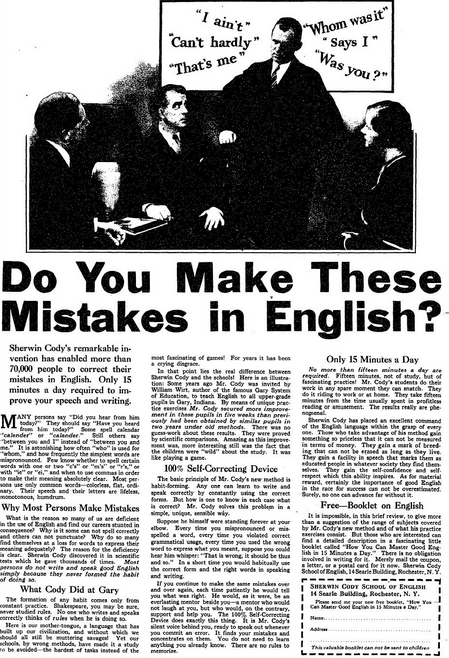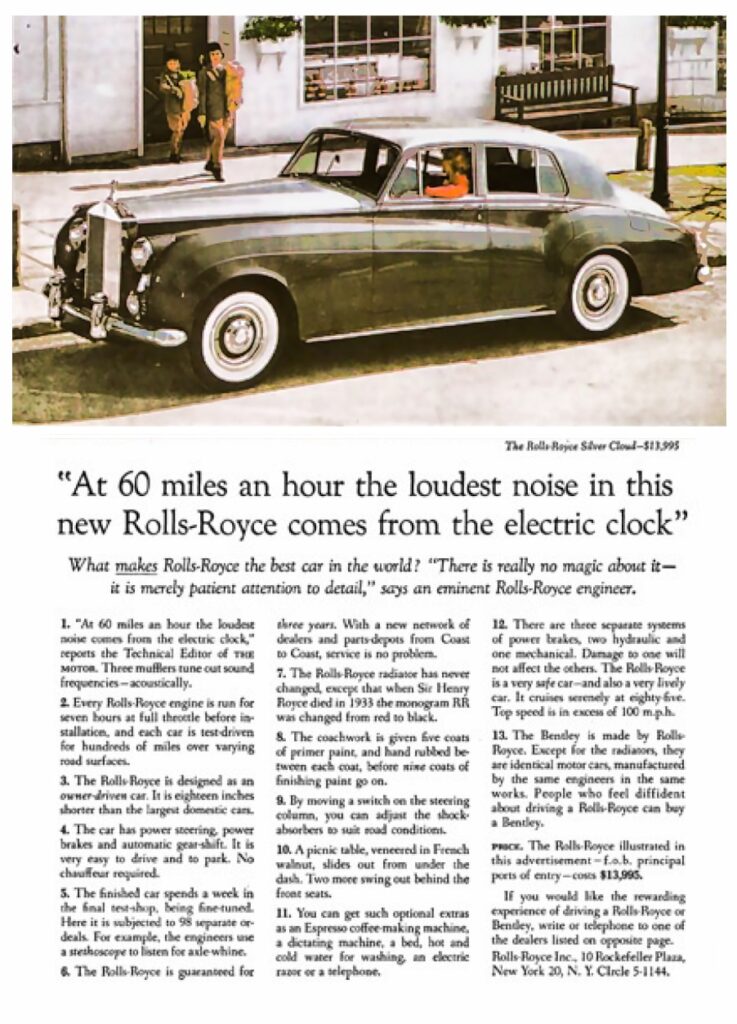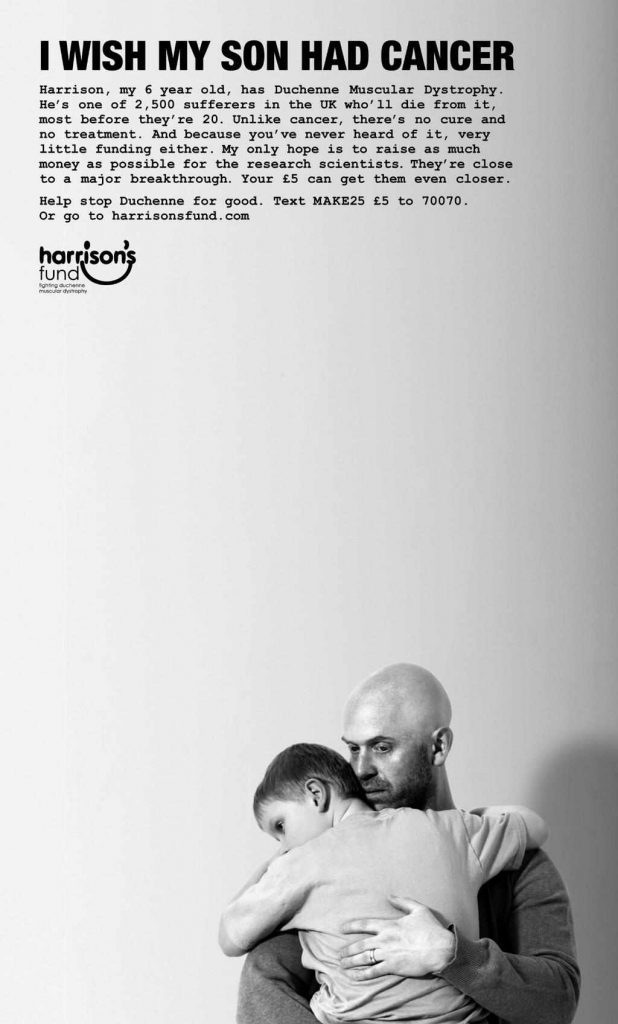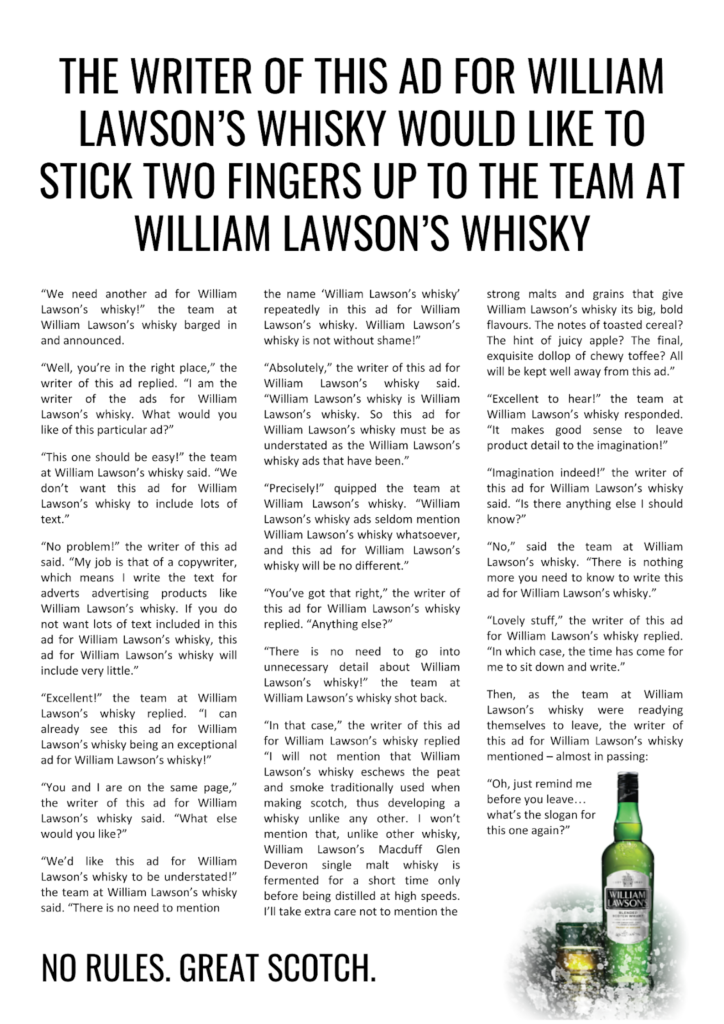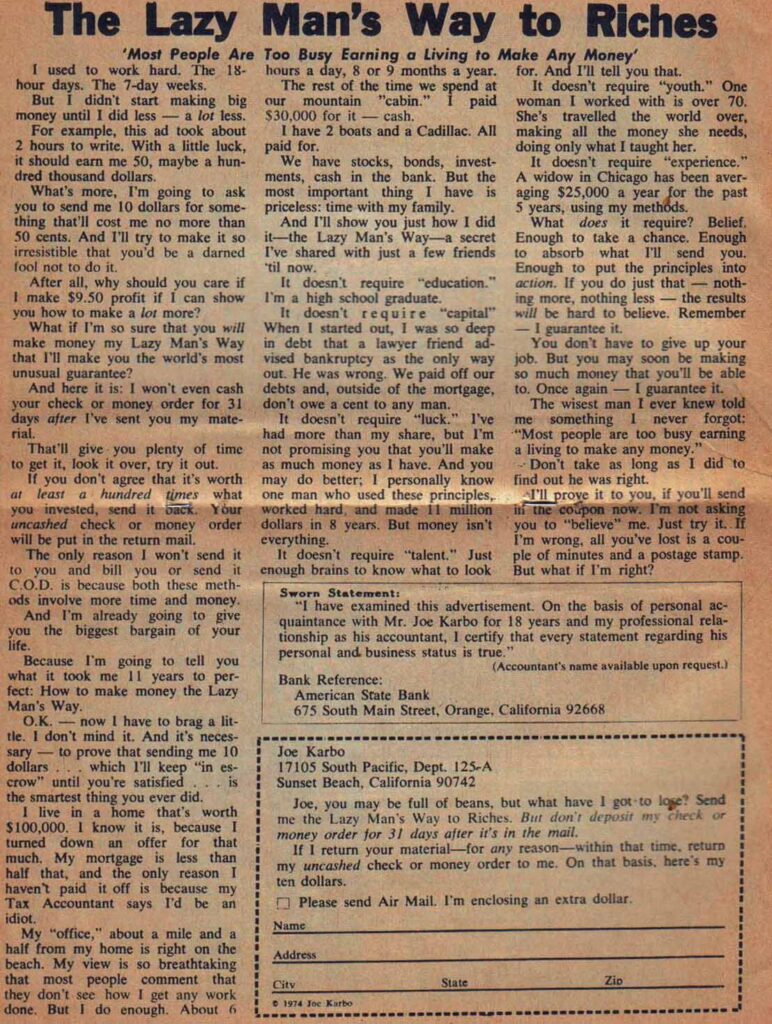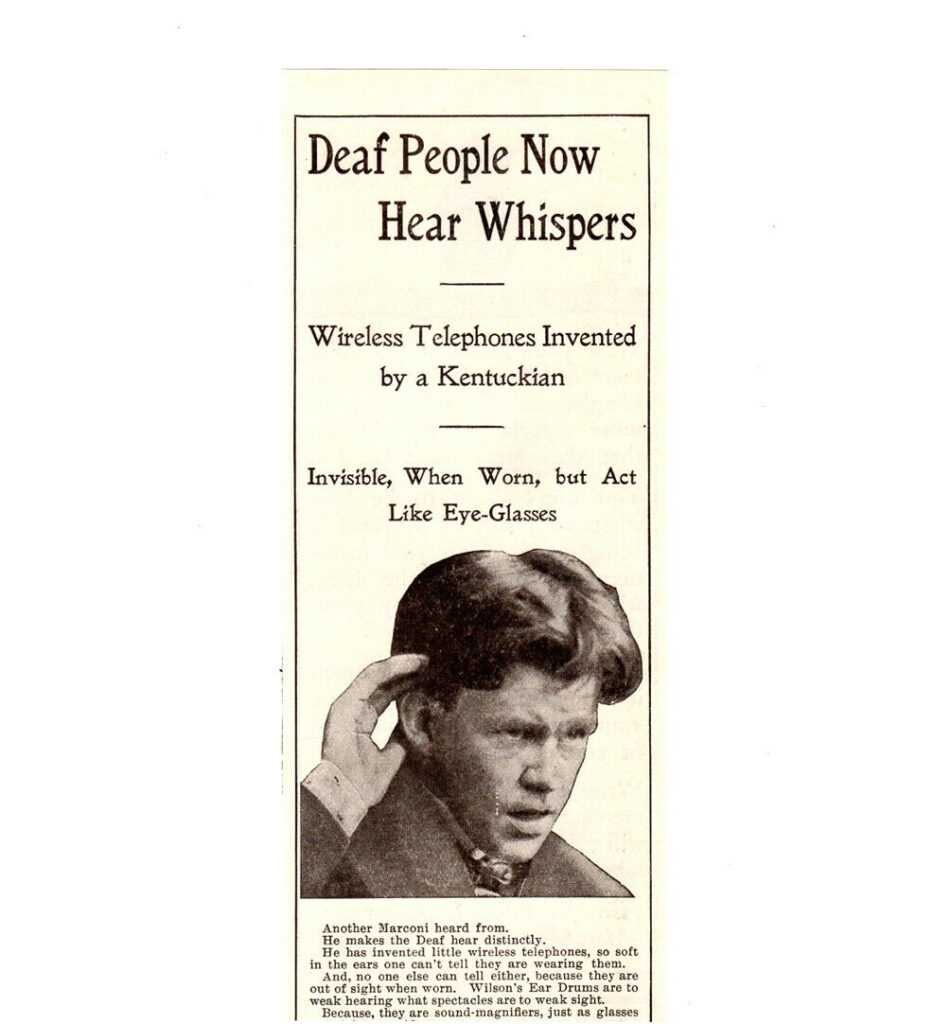Print ad headlines serve a simple purpose:
To grab people’s attention.
The purpose, of course, is simple enough. But achieving it is far from easy.
All copywriters know this (it’s especially apparent to those who’ve worked in direct response advertising – where results are measured). So, invariably, good copywriters keep a log of successful print ad headlines that have been.
When we’re stuck for a headline, we can turn to the print ad headlines we’ve recorded and adapt them, safe in the knowledge that our new headlines – while they might not be groundbreaking – will at least achieve the only aim that really matters.
If you’re stuck for a headline, here’s some inspiration to get you going.
1. Do you make these mistakes in English?
Some consider the above headline – which was written by Max Sackheim, who mentored the great Lester Wunderman – to be the most effective headline in advertising history.
The line was aimed at people looking to improve their spoken and written English. It singled out its prospects, and invited them in to the body copy.
The key word in the headline, by the way, is ‘these’. As you’ve no doubt noticed, it creates an information gap in the reader’s mind – encouraging them to read on to close the gap, as is human nature.
Of course, the body copy then proved to readers they had a problem that the advertiser could solve – which is a pretty effective advertising technique.
2. “At 60 miles an hour the loudest noise in this new Rolls-Royce comes from the electric clock”
The above headline was written by David Ogilvy, and is considered by many his masterpiece.
The ad was part of what Ogilvy considered ‘general’ advertising – which is what you might call brand advertising today. Still, the headline uses techniques from Ogilvy’s ‘first love’ – direct response advertising – to get people’s attention.
Specifically, Ogilvy used the word ‘new’ deliberately, because humans are hard-wired to take an interest in the novel.
Notice the word ‘this’, too. It’s the same technique used in the headline above – the word ‘this’ creates an information gap that readers feel compelled to close.
(Ogilvy did the exact same thing in the ad’s subhead – which opened with ‘What makes Rolls-Royce the best car in the world?’)
The real magic of the headline, though, is just how surprising it is. At 60 mph, you’d expect a car’s engine to be roaring and its gears to be clunking. The headline subverts expectation – and earns attention as a result.
A final point of note on the headline, by the way, is it’s origins: Ogilvy himself adapted a historic headline to write it.
The headline Ogilvy ‘adapted’?
‘The only sound one can hear in the new Pierce-Arrows is the ticking of the electric clock.’
3. I wish my son had cancer
We discussed the power of subverting expectations above, and headline number 3 takes the technique to the extreme.
The line was written to advertise a charity – Harrison’s Fund – which supports research into Duchenne Muscular Dystrophy.
The disease is little known, but debilitating.
When preparing a fundraising ad for the charity, the creative team behind the ad interviewed the father of 6-year-old Duchenne Muscular Dystrophy sufferer Harrison, to help them come up with something effective. During interviews, Harrison’s father muttered that, rather than Duchenne Muscular Dystrophy, he wished his son had cancer.
It’s a harrowing line – and the team used it, unedited, to come up with one of the most powerful print ad headlines of all time.
4. The writer of this ad for William Lawson’s whisky would like to stick two fingers up to the team at William Lawson’s whisky
Should what you’re advertising be a little simpler than a charity or car, don’t panic. With a little effort, you can write headlines that subvert expectations for even simple products – like the print ad headline above, which I once wrote for William Lawson’s whisky.
It’s probably worth mentioning the tone of your print ad headline at this point – which is a much misunderstood concept.
Many believe adapting tone is simply a case of selecting the right synonyms. But that’s not the case.
When writing copy – for headlines or otherwise – it almost always makes sense to use the simplest words and sentence structures you can. You don’t build a ‘professional’ tone by using complex words. Instead, you develop tone through the pictures your copy paints, through the stories and jokes you choose to tell and withhold, and through the subjects you discuss.
The tone of the headline above works for a whisky brand that advocates flouting rules, but little else.
When writing print ad headlines, think about the brand you’re advertising and how it’s perceived.
5. The lazy man’s way to riches
Are you starting to see a pattern here?
A surefire way to grab attention with a print ad headline is to subvert people’s expectations.
Riches, of course, are assumed difficult to come across. The above line subverts the notion – suggesting you can be lazy and become rich. It’s an enticing claim that demands scrutiny.
It’s not solely the subversion of expectation that makes the above headline so powerful, of course. What really makes it work is the fact it appeals to self-interest.
It promises riches – which is precisely what its target audience are after.
Doing so while also subverting expectation simply turbocharges its power.
6. Deaf people now hear whispers
You can see the subversion of expectation once again at work in the above – but we’ve covered that in enough detail already.
What I want to focus on in the print ad headline above is a single word: ‘now’.
We discussed what makes words like ‘now’ so powerful above, when analysing David Ogilvy’s ad for Rolls-Royce:
Word like ‘now’, ‘new’, ‘finally’ and ‘introducing’ all imply news – and humans are hardwired to pay attention to novel concepts.
(The reason, by the way, is evolutionary: prehistoric humans who paid attention to the novel were far more likely to escape predators and procreate than those who didn’t.)
Should you ever find yourself stuck for a print ad headline, see if there’s some way to offer readers news.
Ideally, offer them news that also appeals to self-interest.
And if you can do so while subverting expectation and/or arousing curiousity, even better.
If, however, you find yourself really stuck, it might be worth partnering with a copywriter.
Writing attention grabbing headlines for all kinds of media is what we’re trained to do.
Plus, we have swipe files far more extensive than most.
